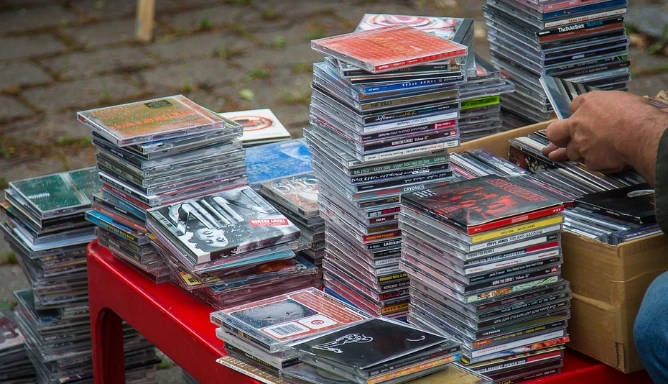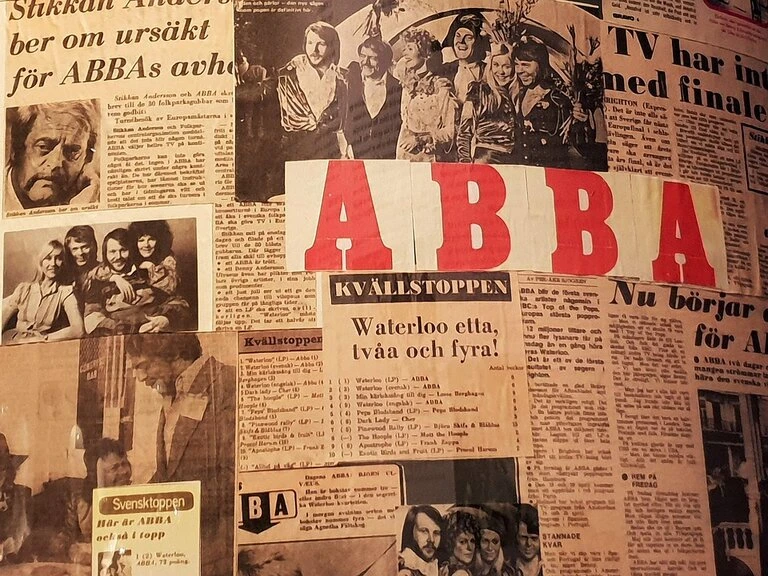From Video Tapes to CD: The Evolution of Digital Storage
Digitizing your video tapes to CDs to preserve your memories. Learn 7 fun facts about CD technology evolution and how it has impacted the way we share information.
3 minutes to read

Discover fascinating facts about CD technology and how it evolved from the first commercial CD by ABBA to its use in converting video tapes to CD. Learn why CDs are a great preservation tool for your old media.
Digitize Video Tapes to CDs: 7 Fun Facts About CD Technology Evolution
In the age of digital media, CDs have become somewhat of a relic. But for those of us who grew up with them, they hold a special place in our hearts. Let's take a trip down memory lane and explore some fun facts about CDs, especially as they relate to the conversion of video tapes to CD.
1. CDs were designed to hold 74 minutes of music, the length of Beethoven's Ninth Symphony. This standard was set in 1980 and is still used today. This is also why most commercial movies, documentaries, and shows originally recorded on video tapes can easily fit on a single CD.
2. CDs were introduced in the early 1980s as a replacement for vinyl records. ABBA's first commercial CD was "The Visitors" in 1982.
 Image a newspaper featuring ABBA.
Image a newspaper featuring ABBA.
3. The first CD player was released by Sony in 1982, and it retailed for $900.
4. The world's first CD pressing plant was opened in Hanover, Germany, in 1984, and it could produce up to 11,000 CDs per day.
5. The CD was originally designed to be indestructible. Its creators believed it would be impossible to scratch, break or damage the disc. However, we all know that this is not true, and CDs are just as susceptible to scratches and other types of damage as any other type of media.
6. In 1993, Sony and Philips introduced the "Multimedia Compact Disc," which could hold both audio and video data. This paved the way for DVDs and the digital revolution we know today.
7. Converting old video tapes to CDs is a great way to preserve memories. Video tapes deteriorate over time, but CDs have a longer lifespan and are less likely to degrade. Plus, CDs take up less space and are easier to store than bulky VHS tapes.
 Advertisement of a tape digitizing service with an image of two VHS tapes with Scrabble letters “ Movie” on them on a blue background.
Advertisement of a tape digitizing service with an image of two VHS tapes with Scrabble letters “ Movie” on them on a blue background.
In conclusion, while CDs may no longer be at the forefront of technology, they have an interesting history and continue to hold a special place in the hearts of many. Converting old video tapes to CDs, DVDs, or MP4s is a great way to preserve memories and breathe new life into old media. Additionally, converting VHS into DVD and video tapes to MP4 offers a modern solution to preserving your cherished memories for years to come.
